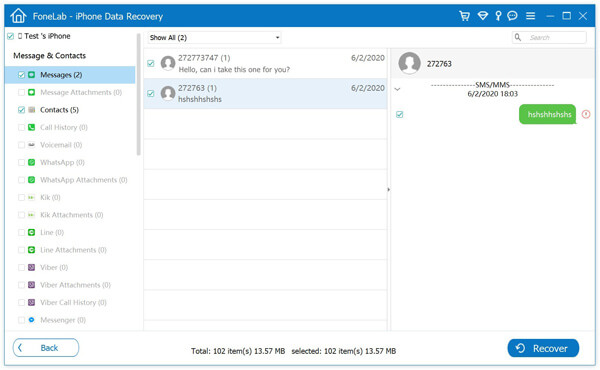

- Wpf retrieve text from passwordbox code#
- Wpf retrieve text from passwordbox password#
- Wpf retrieve text from passwordbox plus#
Public static SecureString GetSecurePassword(PasswordBox element)

Public static void SetSecurePassword(PasswordBox element, SecureString secureString)Įlement.SetValue(SecurePasswordBindingProperty, secureString) Private static readonly DependencyProperty _passwordBindingMarshallerProperty = DependencyProperty.RegisterAttached( New FrameworkPropertyMetadata(new SecureString(),FrameworkPropertyMetadataOptions.BindsTwoWayByDefault, AttachedPropertyValueChanged) Public static readonly DependencyProperty SecurePasswordBindingProperty = DependencyProperty.RegisterAttached( an attached behavior won't work due to view model validation not picking up the right control to adorn / Creates a bindable attached property for the property.
Wpf retrieve text from passwordbox password#
I also discovered an anomaly where the control wasn't updating the UI when using the SecurePassword property for setting it up, reason why I'm copying the password into Password instead. Make sure you allow the GC to collect your UI element, so resist the urge of using a static event handler for the PasswordChanged event on the PasswordBox. SecureString secure = new SecureString() Public static SecureString ToSecuredString(this string plainString) / Converts an unsecured string to a secured string. Public static void CopyInto(this SecureString source, SecureString destination)įoreach (var chr in source.ToUnsecuredString()) / Copies the existing instance of a secure string into the destination, clearing the destination beforehand. copy&paste from the internal īstrPtr = Marshal.SecureStringToBSTR(secureString) Public static string ToUnsecuredString(this SecureString secureString) / Converts a secured string to an unsecured string. Public static class SecureStringExtensions / Provides unsafe temporary operations on secured strings.
Wpf retrieve text from passwordbox code#
Whenever you'll need quick access to the plain password, temporarily convert it to an unsecure string using the code below: namespace Namespace.Extensions The best one yet is to stick to a custom attached property and bind to your SecureString property in your view model. I didn't like the decorators idea, behaviors mess up the validation UI, code behind. I spent a great deal of time looking at various solutions. This requires adding the assembly to your project and referencing it via xmlns:i="clr-namespace: assembly=". Hope it is useful for someone as well.Īnd this command execute method: private void ExecutePasswordChangedCommand(PasswordBox obj) This slightly violates the MVVM pattern since now the ViewModel knows something about how the View is implemented, but in that particular project I could afford it. Now go ahead and check the user name and password Var passwordBox = parameter as PasswordBox So in the view I had: Īnd in the ViewModel, the Execute method of the attached command was as follows: void Execute(object parameter) I solved the password binding issue by simply passing the PasswordBox control itself as a parameter to the command attached to the "Ok" button.
Wpf retrieve text from passwordbox plus#
I developed once a typical login dialog (user and password boxes, plus "Ok" button) using WPF and MVVM.

So best of all worlds - your password is secure, your ViewModel just has a property like any other property, and your View is self contained with no external references required. So get rid of that public string Password Keeping your password in plain text on the client machine RAM is a security no-no. I would suggest that when accessing the PasswordBox.Password CLR property you'd refrain from placing it in any variable or as a value for any property. The PasswordBox uses encrypted memory (of sorts) and the only way to access the password is through the CLR property. Which is considered quite a troublesome security attack vector. If WPF/Silverlight were to keep a DP for Password it would require the framework to keep the password itself unencrypted in memory. The reason the WPF/Silverlight PasswordBox doesn't expose a DP for the Password property is security related. Never keep plain text passwords in memory. People should have the following security guideline tattooed on the inside of their eyelids:


 0 kommentar(er)
0 kommentar(er)
